Yellow Jack!
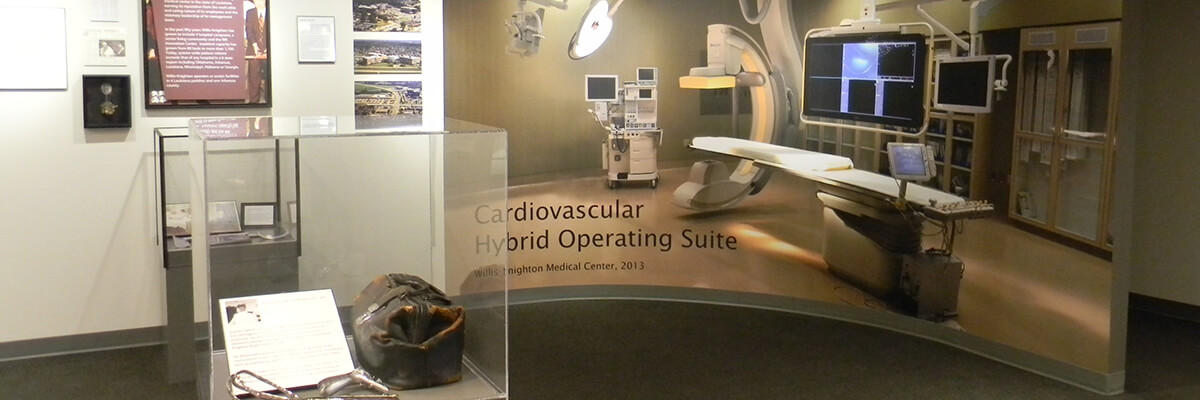
Yellow Jack!
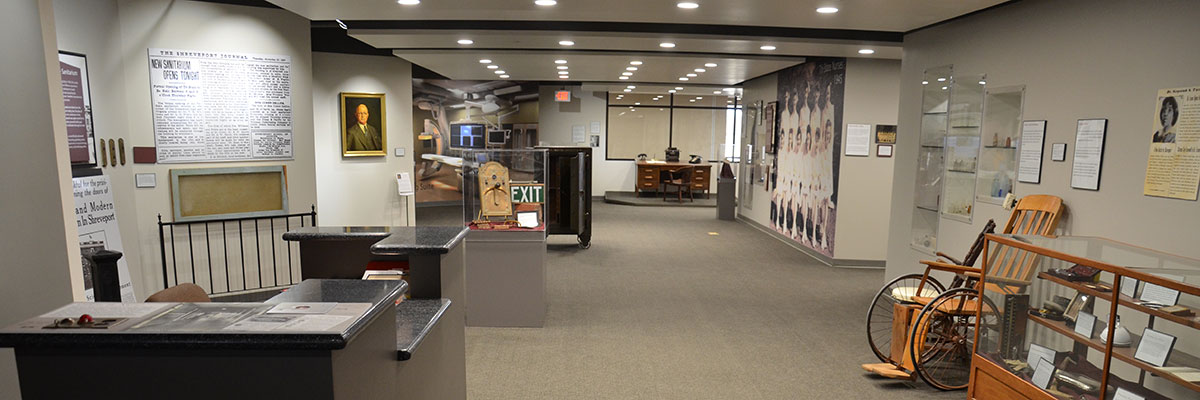
Yellow Jack!
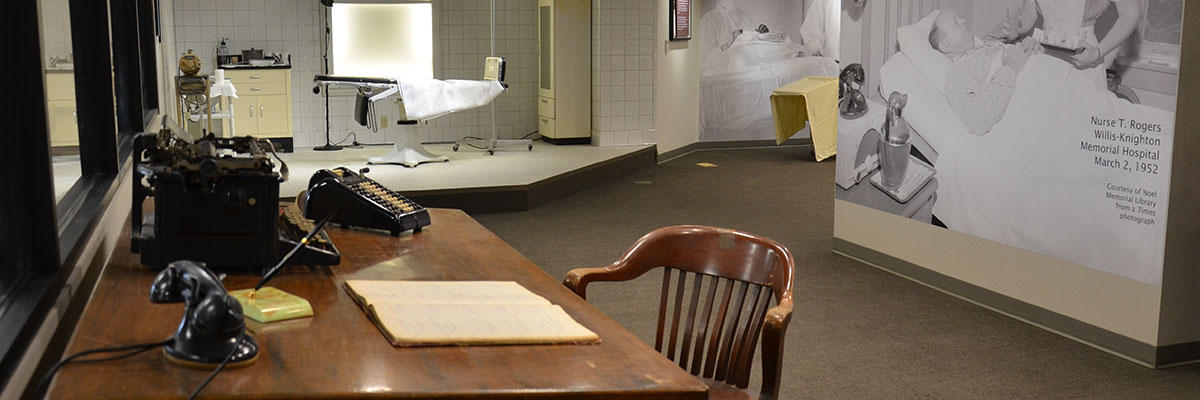
Yellow Jack!
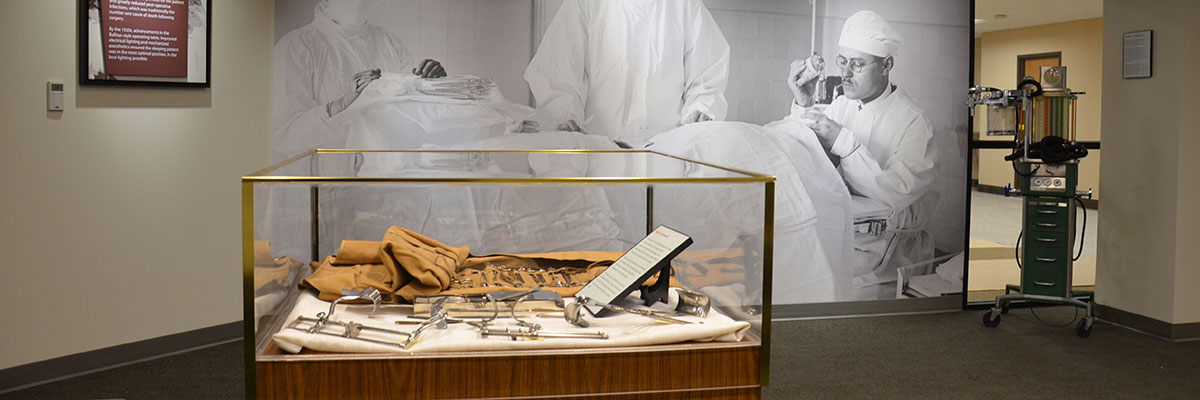
Yellow Jack!
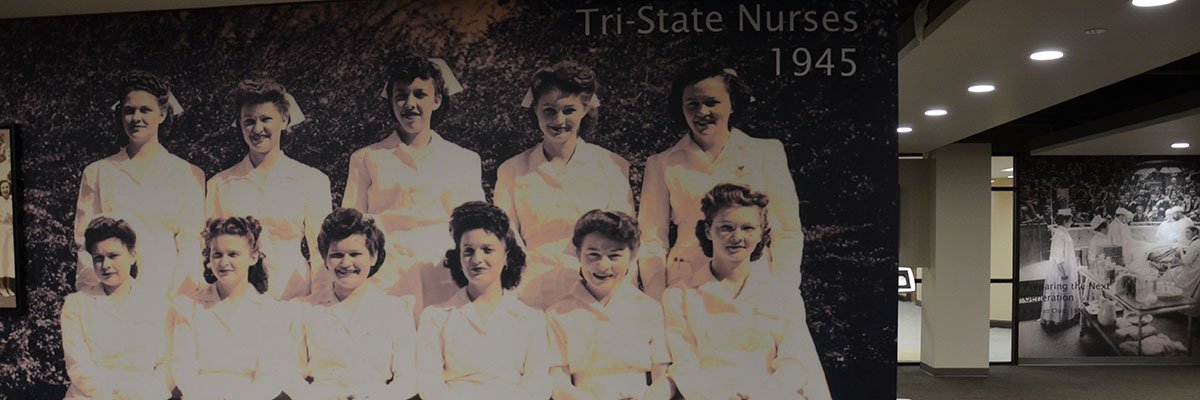
Yellow Jack!

Shreveport’s yellow fever epidemic of 1873 was the area’s original public health crisis. Lasting from August 20 to November 10, 1873, the outbreak claimed at least 700 lives, with some estimates ranging to more than 1,000. Outbreaks of yellow fever were common in the south, but Shreveport’s epidemic was particularly deadly. More than half of the residents who stayed behind during the outbreak caught the virus. About 25 percent of those infected perished.
The Talbot’s collection contains original and reproduction personal effects of survivor’s, chronical records of first person accounts, haunting contemporaneous imagery, depictions of the medical remedies used to combat the fever and even the names of more than 700 victims on the outbreak’s office death list.
Memphis Medal
Description
In the autumn of 1873, a young North Carolinian named Daisy Murdoch was caught in Shreveport’s Yellow Fever Epidemic. After contracting a slight case of the disease, Daisy volunteered to nurse the sick and dying in the makeshift “fever wards”. For several months, she struggled to aid those less fortunate, but she survived. She received for her labors a small gold medal from the city fathers.
Five years later she was teaching school in Milwaukie, Wisconsin when she received word of a devastating yellow fever outbreak centering on Memphis, Tennessee. Daisy again offered herself as a volunteer nurse. For the six months while yellow fever raged in the Mississippi Valley, Daisy nursed the fever victims. And again, Daisy received another medal for her efforts.
The medal is gold and enamel with the figure of an angel triumphing over a snake representing the terrible scourge of yellow fever and inscribed with her name.
Location in Museum
Memphis Public LibraryAge
Circa 1878Donor
The medal is now held by the Memphis Public Library who kindly provided the Talbot Museum with a electronic scan.


